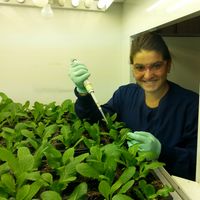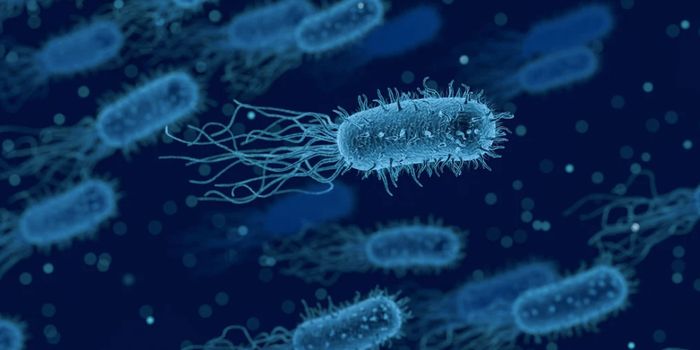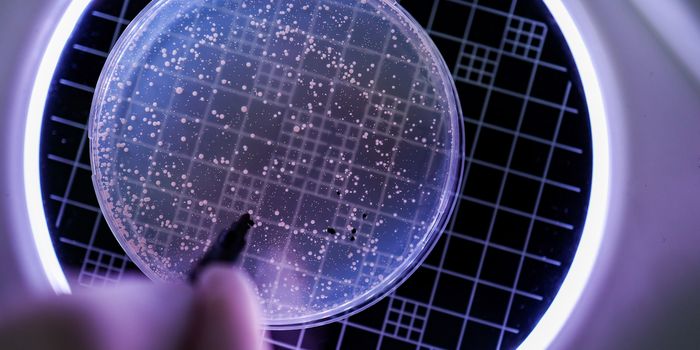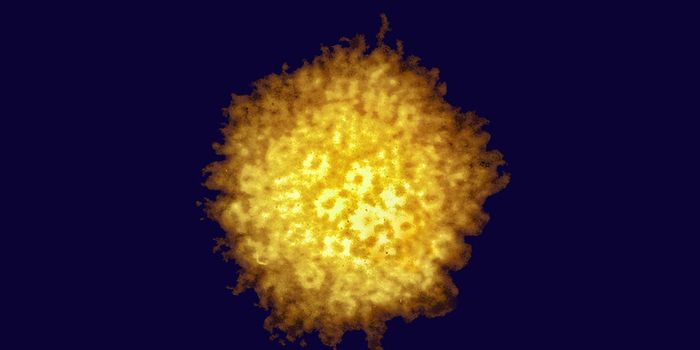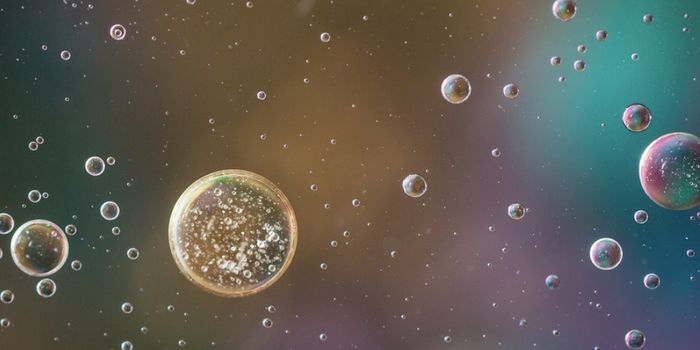Using Bacteria to Produce Clean Fuel
Extreme microbes are organisms that can survive and even thrive in extreme environments. Extreme thermophiles are bacteria that live at temperatures normally only found in hot springs and hydrothermal vents. These bacteria are particularly interesting because they possess molecular features that allow them to function at high temperatures that normally kill other cells.
Scientists have begun to identify the use of specific thermophilic bacterial species, including Thermotoga maritima, to optimize large-scale generation of hydrogen as a cheap fuel source. Credit: Free Icons
Thermophilic bacteria have also shown promise for use in many industrial applications. For example, the enzyme used in polymerase chain reactions (PCR) was discovered by Thomas Brock who isolated the enzyme from a bacterium found in a hot pool in Yellowstone National Park.
Since then, scientists have discovered that extreme thermophiles demonstrate faster enzymatic reactions due to the high temperatures which they thrive. Because of these qualities, extreme thermophiles have been used in the production of enzymes that help break down sugars, fats, and proteins.
Most recently, scientists have been interested in studying the use thermophilic bacteria to produce clean fuel. Thermophilic bacteria have recently been utilized to produce hydrogen, which does not produce carbon dioxide when it burns and can be used to fuel hydrogen-powered cars where it is broken down into water and electricity. The bacteria can also be used in many other biological processes such as degradation of agricultural wastes into fermentable substrates. Although the industrial production of hydrogen by bacteria is not yet practical, scientists predict it is not that far off.
One specific thermophilic species, known as Thermotoga maritima, has been identified by scientists as a prime candidate for the industrial production of hydrogen. This group of bacteria received its name due to its ability to thrive at hyperthermophilic temperatures (about 90 degrees C) and the presence of a protective thick sheath surrounding the cell, known as a toga. There are large empty spaces on both ends of the cell that contain special thermostable enzymes known as xylanases which aid in various industrial processes. Thermotoga maritima are also strict anaerobes meaning they do not grow in the presence of oxygen.
A recent study demonstrated the ability for Thermotoga maritima to break down seawater supplemented with nitrogen and sulfur into hydrogen. Through this fermentation process, Thermotoga maritima were able to produce about 120 mmol of hydrogen per 1 liter of salt water in about 6 hours. Although the large-scale production of hydrogen by microbes is not yet upon us, the race will continue to determine the best way to produce clean fuel from bacteria.
Sources: Small Things Considered, Citable reviews in the life sciences

